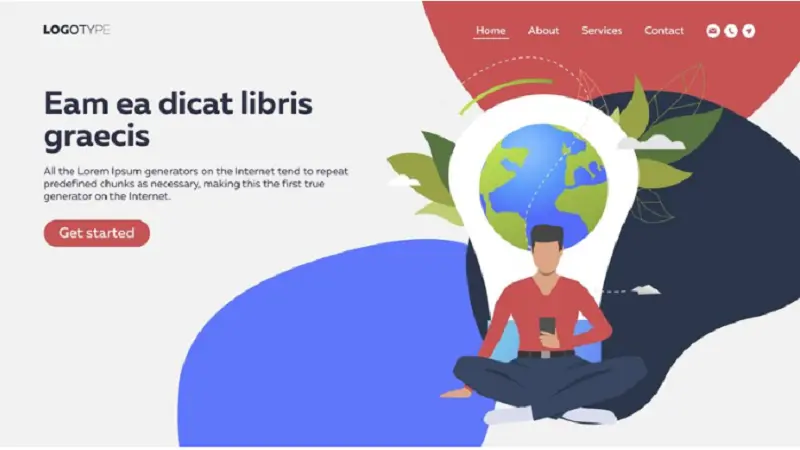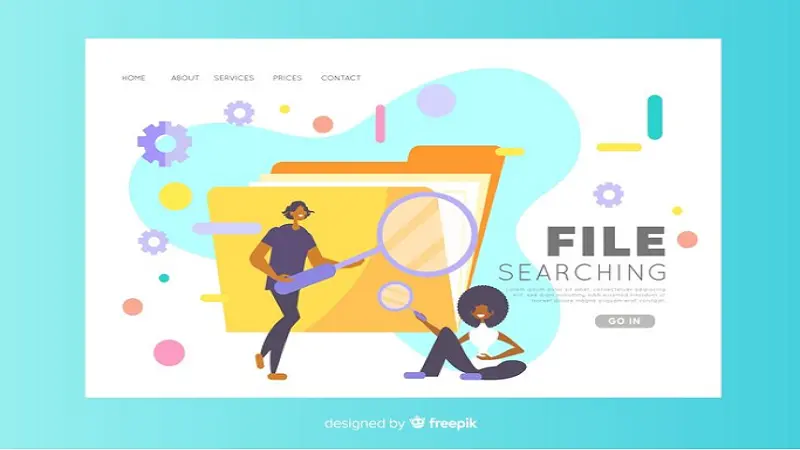In the ever-evolving landscape of cybersecurity, platforms hackerone 1m 4m toulasbleepingcomputer like HackerOne play a pivotal role in bridging the gap between ethical hackers and organizations that need to protect their digital assets. Recently, discussions surrounding HackerOne’s $1M-$4M challenges have garnered significant attention, especially on platforms like BleepingComputer. This article explores what these challenges entail, their implications for the cybersecurity community, and how they are shaping the future of ethical hacking.
Understanding HackerOne
HackerOne is a leading bug bounty platform that connects organizations with ethical hackers to identify vulnerabilities in their systems before malicious actors can exploit them. Founded in 2012, HackerOne has become a cornerstone of the cybersecurity ecosystem, enabling organizations to tap into the collective intelligence of the hacking community.
How HackerOne Works
Organizations create programs on HackerOne, detailing their scope, rules, and reward structures. Ethical hackers then assess the organization’s systems for vulnerabilities, submitting reports through the platform. Upon verification, organizations reward these hackers with monetary incentives, reputation points, or other recognitions.
The Role of Bug Bounty Programs
Bug bounty programs are essential for proactive cybersecurity measures. They offer organizations a cost-effective method to secure their systems while providing ethical hackers a legitimate avenue to showcase their skills and earn rewards. HackerOne’s robust infrastructure allows for streamlined communication, validation, and payout processes.
The $1M-$4M Challenges
What Are the Challenges?
The recent $1M-$4M challenges on HackerOne have sparked interest and hackerone 1m 4m toulasbleepingcomputer debate within the cybersecurity community. These challenges involve organizations setting high-stakes goals for ethical hackers to find vulnerabilities, and offering significant rewards based on the severity and impact of the vulnerabilities discovered.
Historical Context
While HackerOne has always offered various rewards based on vulnerability severity, the introduction of higher-stake challenges reflects a growing trend in the industry. The increasing frequency of cyberattacks, particularly on high-profile organizations, has necessitated more aggressive and rewarding approaches to bug bounties.
Structure of the Challenges
- Challenge Announcement: Organizations announce the challenge, outlining the specific targets, rules, and expected outcomes. These challenges often coincide with product launches, security audits, or major updates.
- Engagement Period: During this period, ethical hackers are encouraged to probe the organization’s systems. The time frame can range from days to weeks, depending on the complexity of the challenge.
- Submission and Validation: Hackers submit their findings, which hackerone 1m 4m toulasbleepingcomputer are then validated by the organization’s security team. The more critical the vulnerability, the higher the reward.
- Payout and Recognition: After validation, the hackers receive their rewards, which can range from $1,000 to over $4 million, depending on the impact of the vulnerabilities discovered.
The Significance of High-Stakes Challenges
Encouraging Talent
High-reward challenges attract top talent from the ethical hacking community. They provide an opportunity for skilled hackers to demonstrate their abilities while potentially earning life-changing amounts of money. This, in turn, elevates the overall quality of submissions and fosters a competitive spirit within the community.
Addressing Critical Vulnerabilities
Organizations are increasingly aware that traditional security measures may not be sufficient to combat sophisticated cyber threats. High-stakes challenges incentivize hackers to uncover vulnerabilities that could have dire consequences if exploited, thereby enhancing the security posture of the organization.
Building Trust
These challenges also help build trust between organizations and the hacking hackerone 1m 4m toulasbleepingcomputer community. By offering substantial rewards, organizations demonstrate their commitment to cybersecurity and their appreciation for the ethical hackers who help protect them. This trust is essential for fostering a collaborative environment in the cybersecurity ecosystem.
HackerOne and BleepingComputer
The Role of BleepingComputer
BleepingComputer is a well-respected platform that provides news, articles, and guides related to technology and cybersecurity. Its coverage of HackerOne’s challenges has helped raise awareness and promote discussions surrounding ethical hacking and bug bounties. The platform serves as a valuable resource for both hackers and organizations looking to navigate the complexities of cybersecurity.
Recent Coverage
Recent articles on BleepingComputer have highlighted the implications of HackerOne’s challenges, showcasing success stories of ethical hackers who have reaped substantial rewards. This coverage not only informs the community but also emphasizes the importance of collaboration in cybersecurity.
The Ethical Implications
Ethical Hacking vs. Malicious Hacking
The distinction between ethical and malicious hacking is crucial in the hackerone 1m 4m toulasbleepingcomputer cybersecurity landscape. Ethical hackers operate within legal boundaries, aiming to identify and report vulnerabilities for the greater good. In contrast, malicious hackers exploit these vulnerabilities for personal gain or to cause harm.
The Rise of the Ethical Hacker
The rise of platforms like HackerOne has elevated the status of ethical hackers, turning them into vital contributors to cybersecurity. They play a crucial role in creating a safer digital environment, and their efforts are increasingly recognized and rewarded.
Ethical Considerations in High-Stakes Challenges
While high-reward challenges can incentivize positive behavior, they also raise ethical questions. The potential for competition among hackers may lead some to take unnecessary risks or engage in questionable practices to secure a reward. Organizations must establish clear guidelines to mitigate these risks and maintain the integrity of their programs.
The Future of HackerOne and Ethical Hacking
Innovations in Bug Bounty Programs
As the cybersecurity landscape evolves, so too will bug bounty programs. We can expect advancements in technology, such as automated vulnerability detection tools, that will complement the efforts of ethical hackers. Organizations may also introduce more dynamic and adaptive challenge structures to keep pace with the changing threat landscape.
Expanding the Hacker Community
HackerOne’s efforts to democratize access to ethical hacking opportunities will likely lead to a more diverse and inclusive hacker community. Educational initiatives and training programs can help equip new hackers with the skills they need to succeed, fostering a new generation of cybersecurity professionals.
Collaboration and Knowledge Sharing
The future of ethical hacking will also hinge on collaboration and knowledge sharing. Platforms like HackerOne and BleepingComputer can play a vital role in facilitating discussions, sharing best practices, and creating a sense of community among hackers and organizations.
Conclusion
HackerOne’s $1M-$4M challenges represent a significant evolution in the world of ethical hacking and bug bounties. By incentivizing top talent to uncover critical vulnerabilities, these challenges not only enhance cybersecurity for organizations but also empower the hacking community. As platforms like HackerOne continue to innovate and expand, the future of ethical hacking looks promising. However, it is essential to navigate the ethical implications carefully, ensuring that the integrity of the community remains intact. Through collaboration, education, and responsible practices, we can create a safer digital environment for all.













